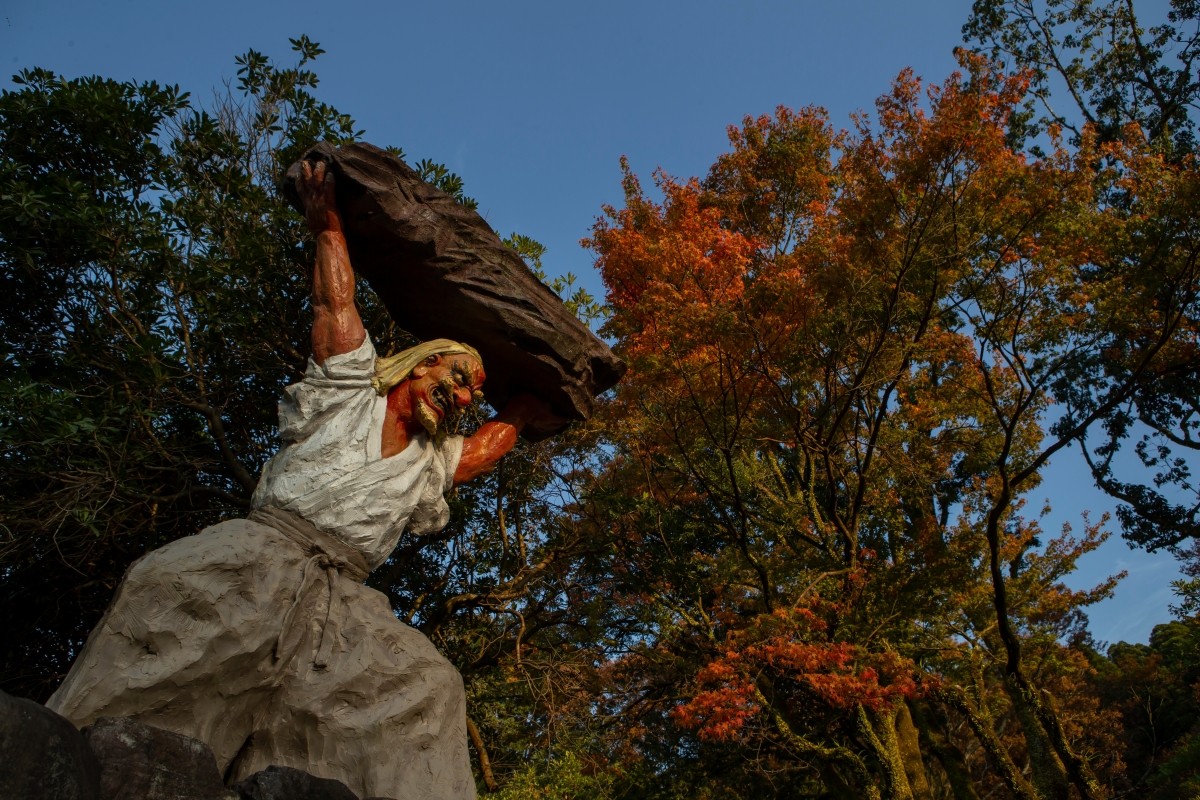
The "Kojiki" is Japan's oldest history book, which records mythology, legends, and history. In this series, a current high school teacher will break it down in an easy-to-understand way. In the second article, we introduced the story of the creation of the country and gods by Izanagi and Izanami. This time, we will focus on Amaterasu and Susanoo, and tell the popular stories from the Kojiki, "The Hiding of Amaterasu in the Heavenly Cave" and "The Slaying of the Yamata no Orochi." We will also discuss the messages that can be interpreted from these stories.
👉 Read the Kojiki (Yahoo! Shopping)
*By purchasing or reserving products introduced in this article, a portion of the sales may be returned to FUN! JAPAN.
The Concept of "Impurity" and "Purification" in the Japanese Mindset
1. The Birth of the Three Precious Children
After barely escaping the Land of Yomi, Izanagi headed to the land of Hyuga (present-day Miyazaki Prefecture) in the country of Tsukushi.
"It was such a terrifying and impure world. My body had become thoroughly contaminated."
Saying this, Izanagi jumped into a river and washed his body clean. (This act of cleansing oneself is called "お清め(okiyome).") When he did so, impurities from the Land of Yomi, which had clung to him, transformed into the gods of disaster and were born one after another.
Next, when Izanagi washed his left eye, the entire area was bathed in light, and the goddess Amaterasu was born.
When he washed his right eye, the moon god Tsukuyomi was born, and when he washed his nose, the fierce and powerful Susanoo was born.
Amaterasu, Tsukuyomi, and Susanoo are known as the "Three Precious Children," with Amaterasu and Susanoo being particularly prominent gods in the first part of the Kojiki.
"I have created many gods up until now, but these three are especially radiant."
In the Land of Yomi, Izanagi was deeply saddened by parting with Izanami. However, through the act of purification, he was overjoyed to have given birth to such special gods.
"Amaterasu, you shall go to Takamagahara and rule the heavenly realm. Tsukuyomi, you shall rule the world of night.
Susanoo, you shall rule the vast oceans."
After issuing these commands, Izanagi let out a deep sigh, feeling a sense of relief after completing such an important task.
Key Points from the Birth of the Three Precious Children
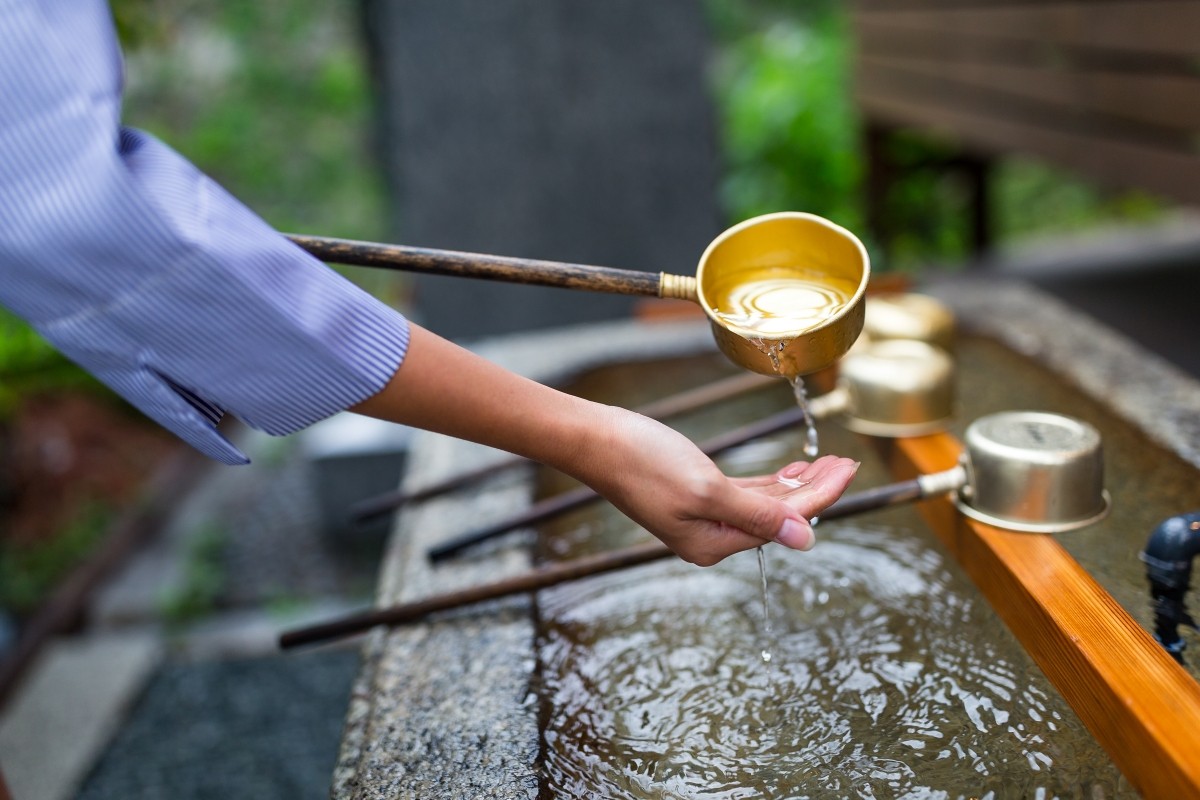
The Japanese mindset is deeply rooted in the concepts of "impurity" and "purification."
"Kegare" (穢れ) refers to a state where both the mind and body are drained of energy, similar to the Japanese expression "ke ga kareru" (気が枯れる), which means "energy has dried up." It is said that in such a state, one is more prone to injuries ("kega" 怪我, meaning injury). The belief is that by purifying and cleansing, we can return to our original state. The "moto" (元, meaning origin) and "ki" (気, energy) that are regained from this purification is the source of the word "genki" (元気, meaning good health or energy). Even today, Japanese people undergo purification rituals at important life stages at shrines to ward off negative energy and absorb positive energy.
Additionally, when visiting a shrine in Japan, it is customary to wash the hands and rinse the mouth before passing through the torii gate. This is also a form of purification, preparing oneself to meet the gods by maintaining a pure state of mind and body.
Amaterasu's Hiding in the Amano-Iwato Cave
1. Susanoo's Struggles
Izanami had instructed Amaterasu to rule over Takamagahara (the heavenly realm), Tsukuyomi to rule over the moon, and Susanoo to rule over the great ocean. However, Susanoo, unlike the others, continued to weep uncontrollably and caused great destruction.
Izanagi asked him, "Susanoo, why are you abandoning your duties?"
Susanoo replied, "I want to see my mother (Izanami). I want to go to the land of the dead and live with her," as his tears flowed even more. Izanagi, utterly exasperated, banished Susanoo from the ocean.
As a result, the ocean, now without a ruler, became wild and tumultuous.
Before heading to the land of the dead, Susanoo decided to bid farewell to his sister Amaterasu and visited Takamagahara. Thus, Susanoo ended up living in Takamagahara for a while.
One day, Susanoo suddenly began his destructive rampage.
He first trampled and destroyed the rice fields. He then spread his excrement around the sacred palace grounds.
At first, Amaterasu tried to protect him. "Perhaps Susanoo has his reasons. Let's give him a little more time," she said.
However, Susanoo's actions escalated daily.
On one occasion, Susanoo destroyed the roof of a sacred weaving hut and dropped a wild horse onto it.
As a result, one of the gods who was weaving there perished.
Amaterasu, feeling a deep sense of responsibility as his sister, retreated into the Amano-Iwato cave (the heavenly cave) and sealed the entrance from the inside.
2. The World Is Enshrouded in Darkness
With the sun goddess Amaterasu hiding in the cave, the world was plunged into darkness.
In this emergency, the gods of Takamagahara gathered and held a meeting to discuss how to draw Amaterasu out of the cave.
The god of wisdom, Omoi-kane, came up with an idea.
"I have a plan. It is time for us gods to hold a feast together."
Omoi-kane assigned roles to each of the gods. The plan was as follows:
"The gods will gather in front of the Amano-Iwato cave and sing and dance. By having all of us enjoy ourselves to the fullest, Amaterasu will become curious and peep out. At that moment, the god of strength, Ame-no-Tajikarao, will grab her and pull her out, and we will seal the cave again. Also, prepare a mirror."
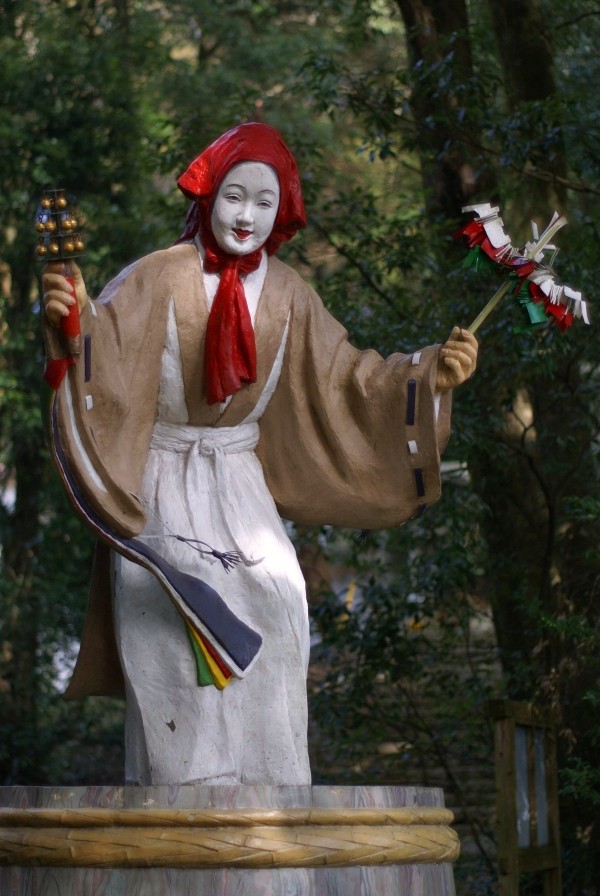
The plan was set into motion. First, the goddess of entertainment, Amano-Uzume, began to dance.
Her movements were so funny and exaggerated that her clothes eventually fell off, revealing her breasts. Seeing this, all the gods burst into laughter.
Amaterasu, hearing the laughter from inside the cave, thought to herself, "I have hidden in the cave, and the world is supposed to be in darkness. Why are the gods so lively?"
Amaterasu cracked open the stone door slightly and called out from inside, "What are you all making such a fuss about?"
"A god even more honorable than the sun goddess Amaterasu has appeared," they answered.
"More honorable than me? Who is this god?"
"Here, look."
They held up a mirror to her. In the mirror, Amaterasu saw her own face.
"This... is this me?"
Before she could even speak, the god of strength, Tajikarao, grabbed Amaterasu's hand, pulled her out of the cave, and immediately sealed the entrance with sacred ropes so that she could never return.
With that, the matter was resolved.
The world was once again bathed in light, and the gods could finally breathe a sigh of relief.
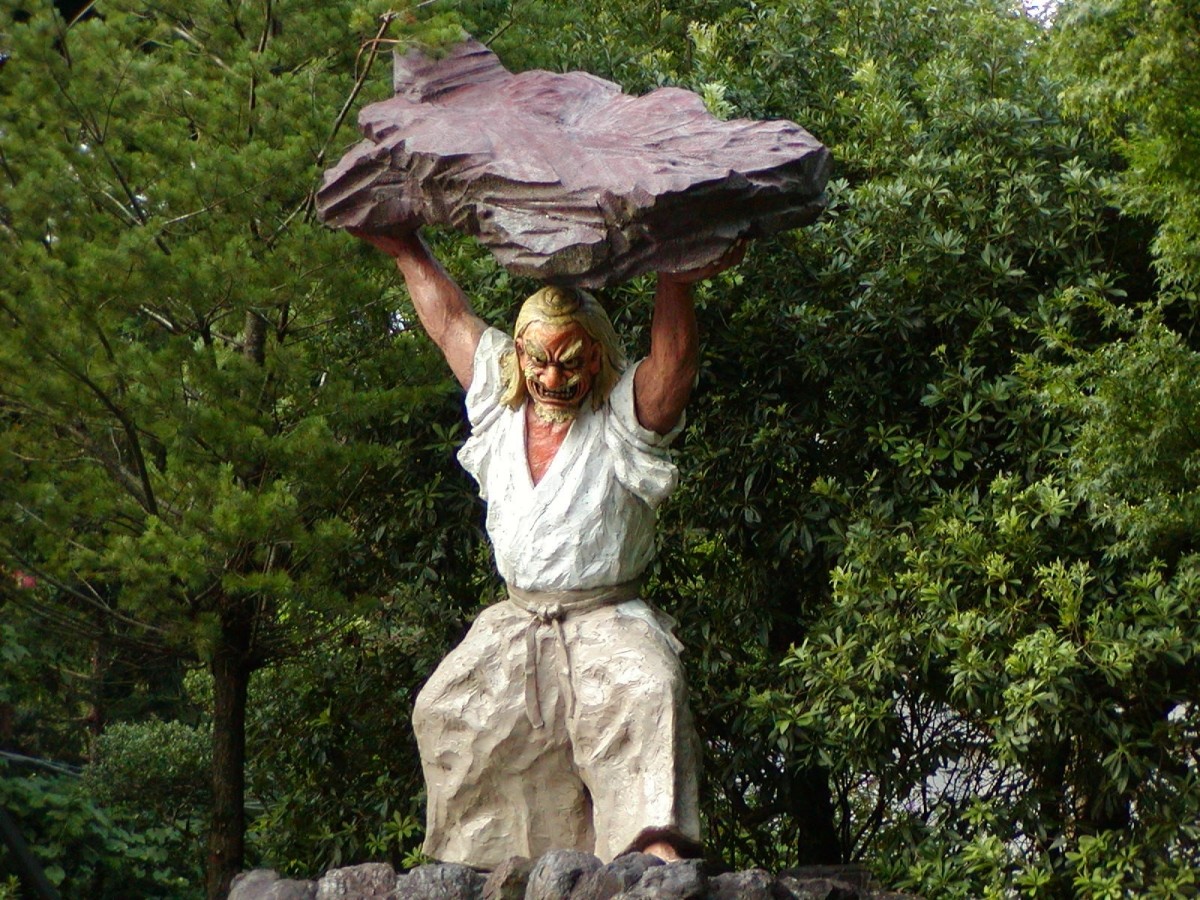
However, Susanoo's actions were not to be forgiven.
In the end, Susanoo was also banished from Takamagahara.
Key Points of the Story of Amaterasu’s Hiding in the Amano-Iwato Cave
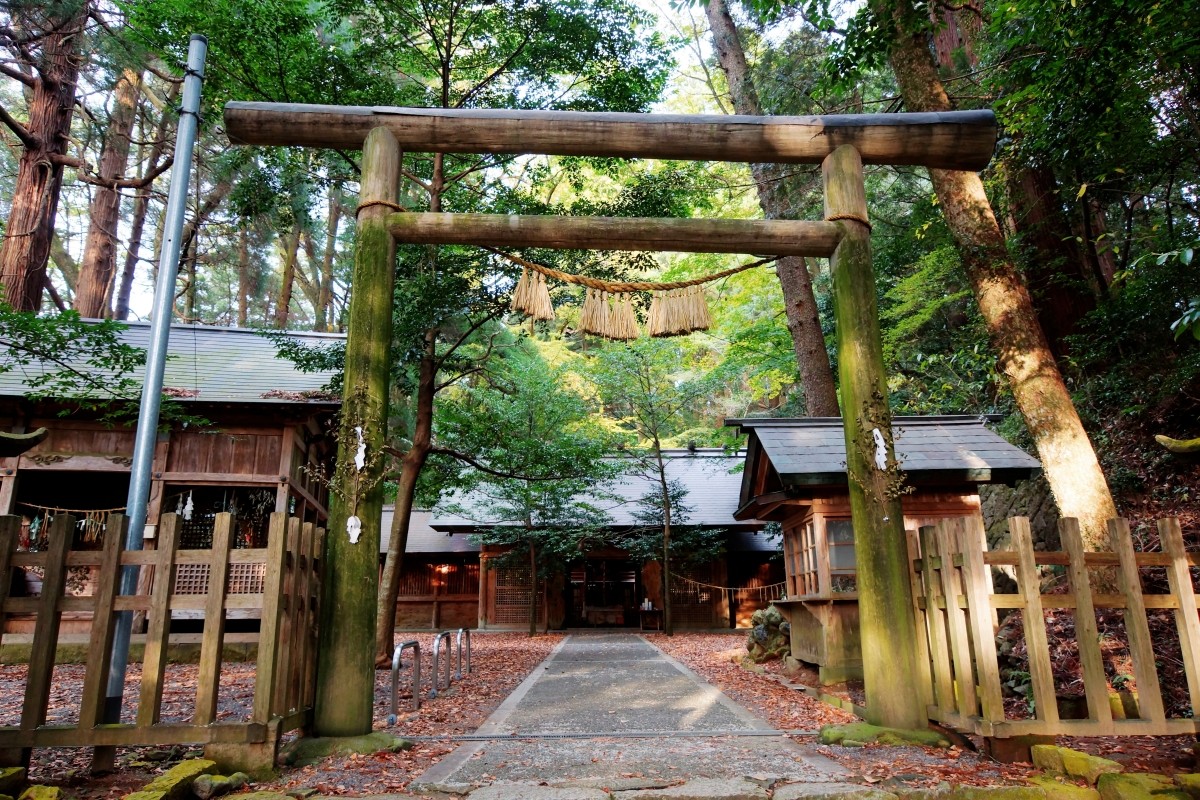
The story of Amaterasu hiding in the Amano-Iwato Cave carries various interpretations. One popular interpretation suggests that the event where the world is plunged into darkness symbolizes a solar eclipse. In ancient Japan, astrology and omens involving the sun and stars played a significant role in politics, and an eclipse, where the life-giving sun is obscured, was considered an extremely ominous event.
Another interpretation revolves around the symbolic meaning of Amaterasu's actions: her retreat into the cave represents "death," and her emergence from the cave represents "life." This suggests that the hero, by repeatedly returning from death and being reborn, overcomes the crisis between life and death, symbolizing a sacred existence. Before the Amano-Iwato event, Amaterasu had lost confidence, being constantly troubled by her brother Susanoo.
However, her return from the cave symbolizes her regaining her confidence and authority as the Sun Goddess and the highest deity in the Kojiki. It is also seen as her determination to govern Japan.
Significant Places Associated with the Story
Amano-Iwato Shrine
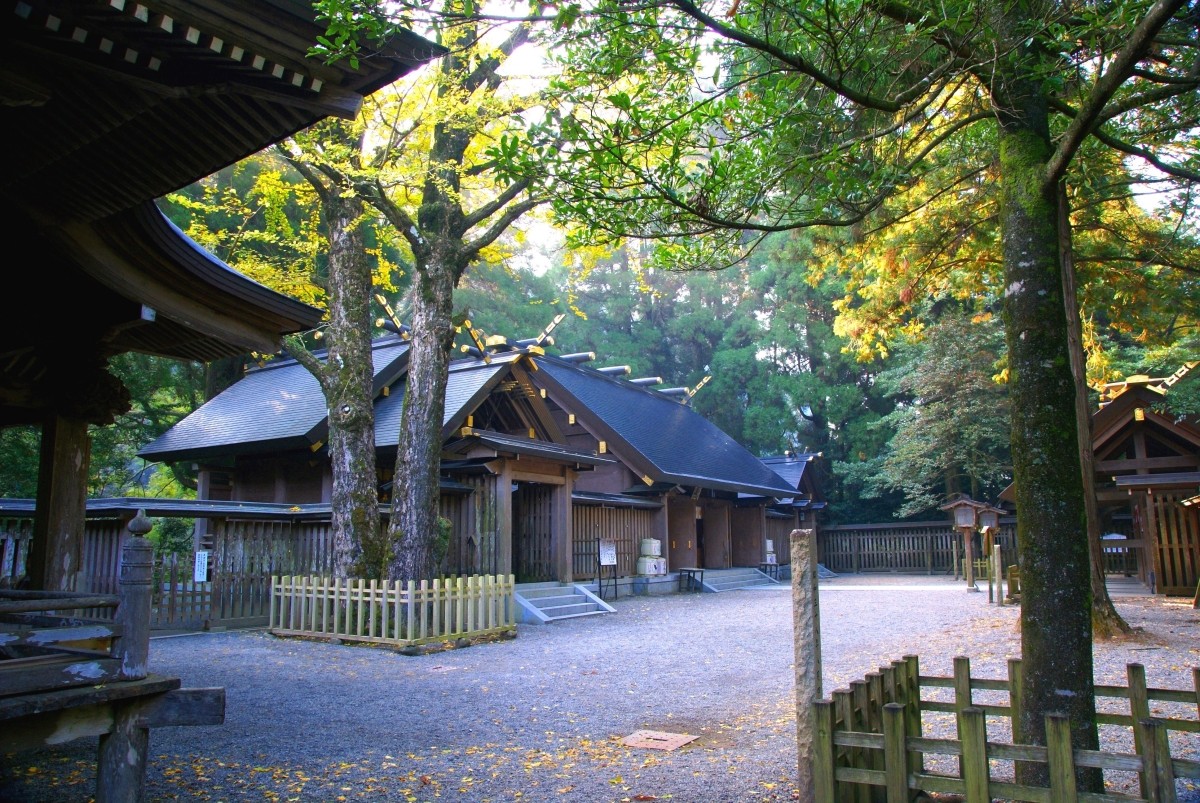
Located in Takachiho Town, Nishiusuki District, Miyazaki Prefecture. This shrine enshrines the cave where Amaterasu hid during the Amano-Iwato incident.
Amano-Yasu-no-Kawara
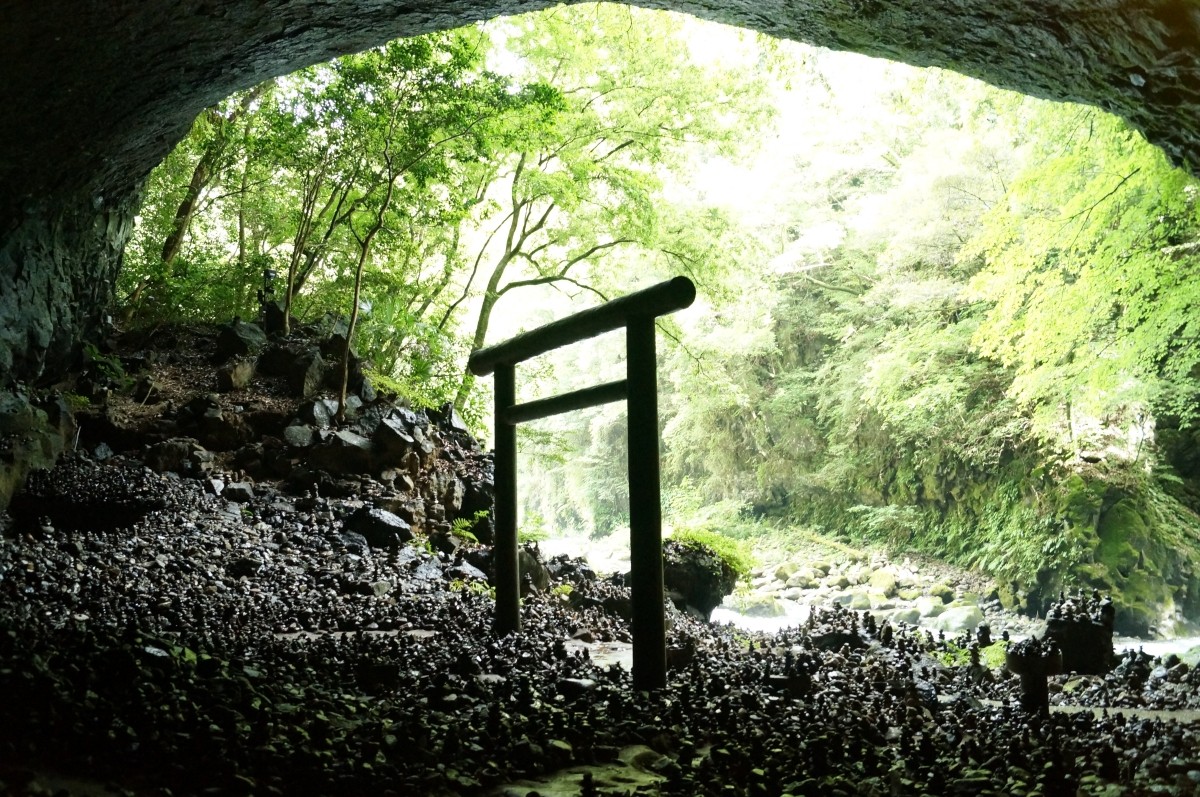
Also in Takachiho Town, this is the place where Omoi-kane and the other gods devised the plan to bring Amaterasu out of the cave.
Susanoo’s Defeat of the Yamata-no-Orochi
1. Susanoo’s Heroic Deeds
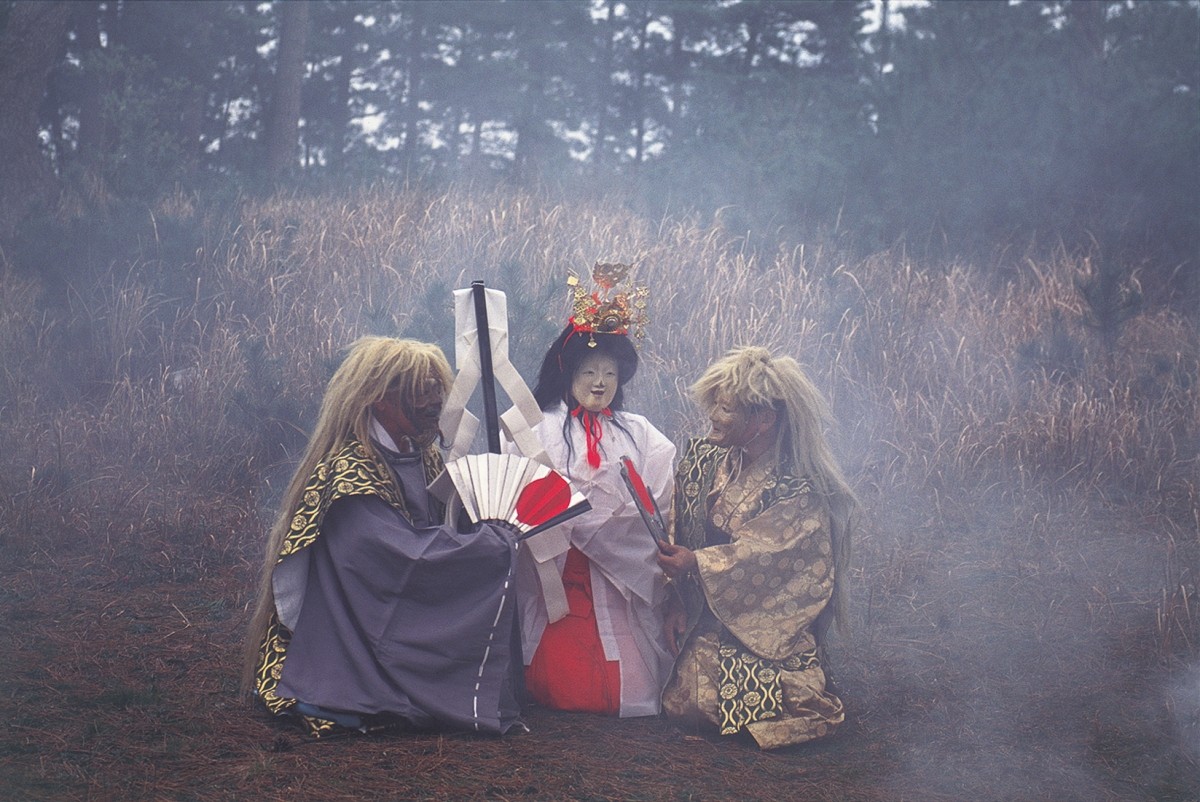
After being banished from both the ocean by his father Izanami and Takamagahara by his sister Amaterasu, Susanoo lost his place and descended to the land of Ashihara no Nakatsukuni (the central land of reed plains), in Izumo (now part of Shimane Prefecture). In a village he passed through, he saw an elderly couple weeping alongside their daughter. Her name was Kushinadahime.
"Why are you crying?" Susanoo asked.
The elderly couple replied, "We had eight daughters, but every year, the Yamata-no-Orochi, a giant serpent, comes down from the mountains and devours one of them. Now, only this daughter remains, and the serpent is about to come again."
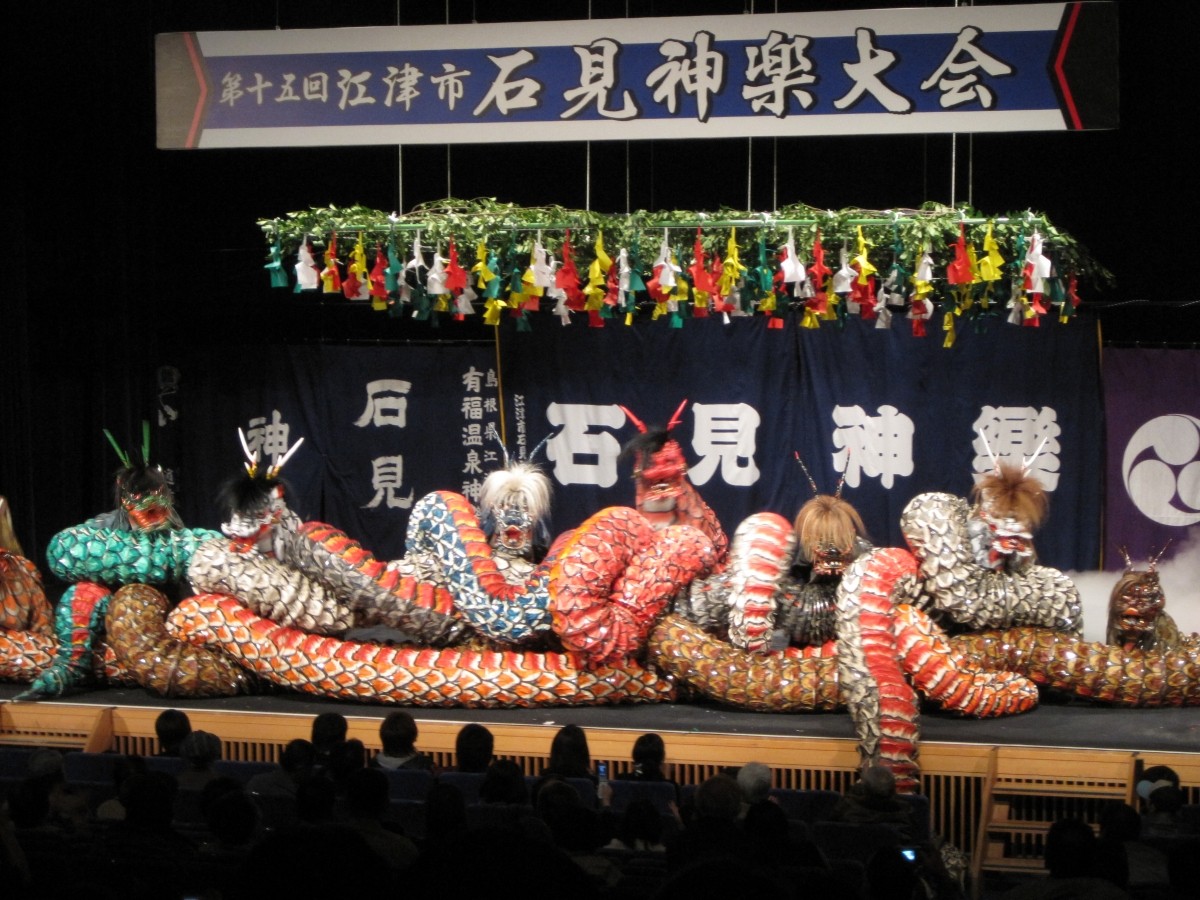
The Yamata-no-Orochi is a monstrous creature with eight heads and eight tails.
Susanoo offered to slay the monster in exchange for marrying Kushinadahime.
His method to defeat the Yamata-no-Orochi was unique. First, he prepared eight vats of highly concentrated, fragrant sake. He made the serpent drink from each vat, getting the creature drunk. Once the Yamata-no-Orochi was intoxicated, Susanoo used his famous sword to sever its heads, one by one, defeating the beast.
2. The Acquisition of the Kusanagi Sword
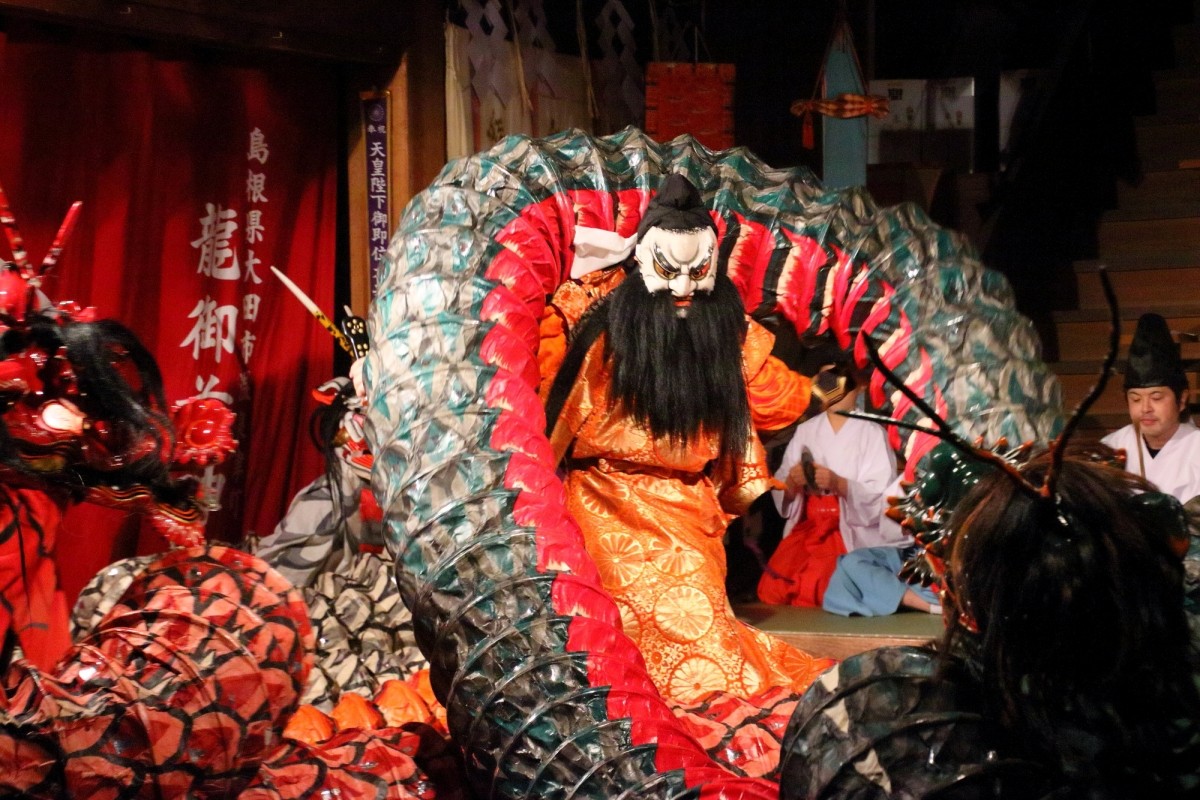
Susanoo’s plan to defeat the Yamata-no-Orochi was a success. After drinking the sake, the serpent became drunk and fell asleep, snoring loudly. During this time, Susanoo cut off the creature's heads one by one.
While cutting, he heard a distinct sound, and his prized sword’s blade broke.
“There seems to be something incredibly hard inside the body of the Yamata-no-Orochi,” he observed.
Upon inspection, he found a beautiful, ice-like sword inside the serpent.
“This is the most beautiful sword I have ever seen.”
Susanoo decided to present this sword to Amaterasu as an offering, possibly as atonement for the trouble he had caused in Takamagahara. This sword later became known as the "Kusanagi-no-Tsurugi" (草薙の剣), one of the three sacred treasures passed down by the Japanese imperial family.
After slaying the Yamata-no-Orochi and marrying Kushinadahime, Susanoo built a palace in Izumo, where he started a new life. Izumo, known for its rich natural beauty and the presence of iron sand, became a place of healing for Susanoo’s troubled heart.
Key Points of Susanoo’s Defeat of the Yamata-no-Orochi
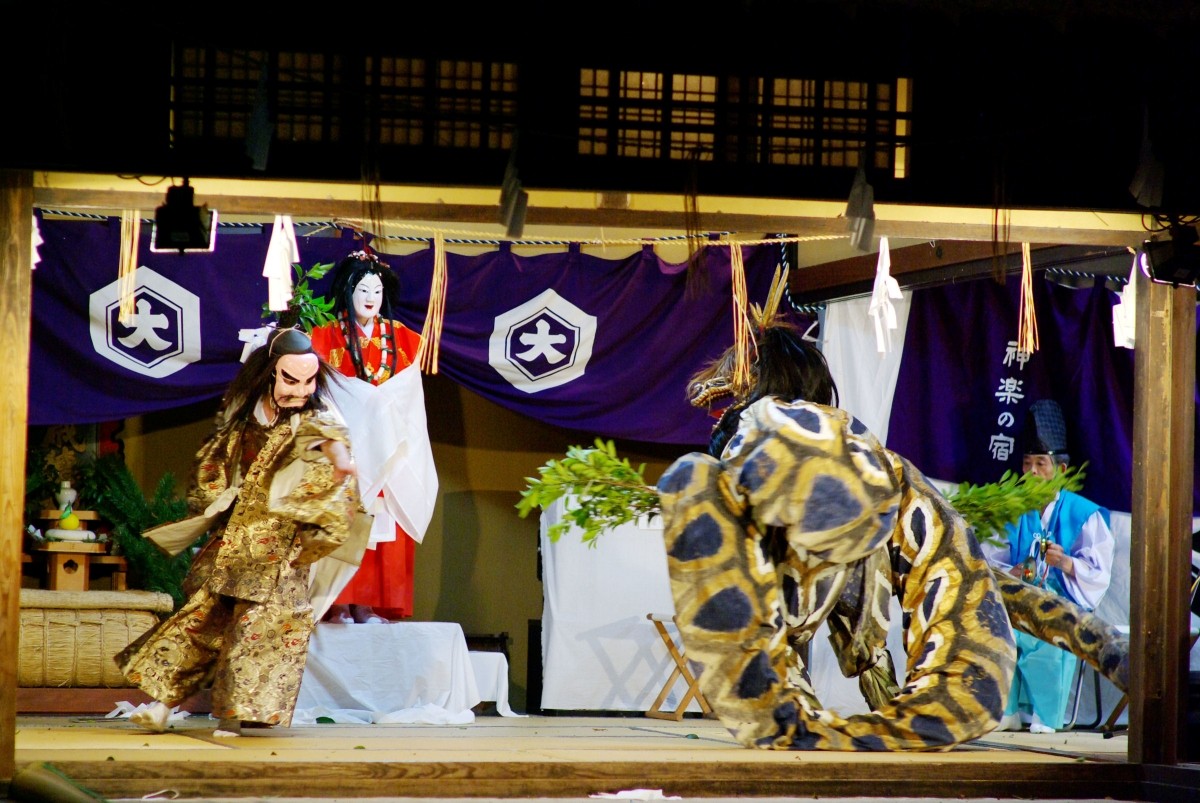
The Izumo region, located in Shimane Prefecture, is one of the most important places in the Kojiki, shrouded in many mysteries. Before the Kojiki was compiled, it is believed that the people of Izumo worshiped serpent-shaped mountains and used the flowing water to cultivate rice, offering sake to their gods in hopes of a good harvest. Thus, the defeat of the Yamata-no-Orochi may symbolize the breaking of traditional customs in the region and the unification of Japan.
Another theory suggests that Izumo’s location along the Japan Sea, a place where trade with China flourished, could have involved some conflict with Chinese ship crews. The ships possibly had serpent-like figures resembling the Yamata-no-Orochi and carried many copper swords, hinting at a historical event.
The Kojiki, while centered on mythology, invites deeper readings that often suggest these tales could be allegorical representations of actual historical events.
In the story of the Yamata-no-Orochi, Susanoo’s transformation is evident. Previously abandoned by both his father Izanagi and sister Amaterasu, Susanoo had lived in loneliness. However, the tale illustrates his emotional growth as he acts selflessly, proving that he is capable of doing good for others.
From his desire to make amends for past mistakes and his resolve to change his life in a new environment, Susanoo embodies the message that "it is never too late to start over" in life.
Significant Places Related to the Story
Hi River
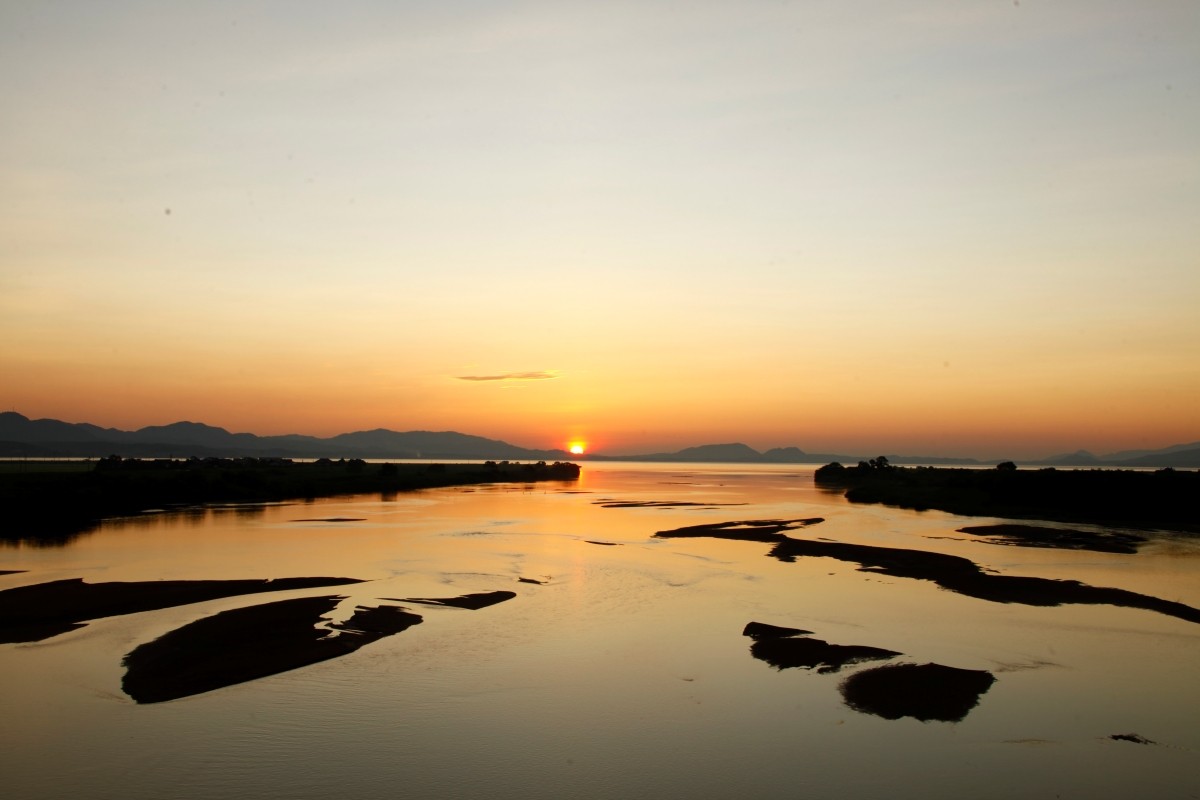
Flowing through the Izumo Plain in Shimane Prefecture, the Hi River is considered the place where Susanoo first descended after being banished from Takamagahara. Some theories suggest that the river, known for its frequent floods, may have symbolized the chaotic and destructive nature of the Yamata-no-Orochi.
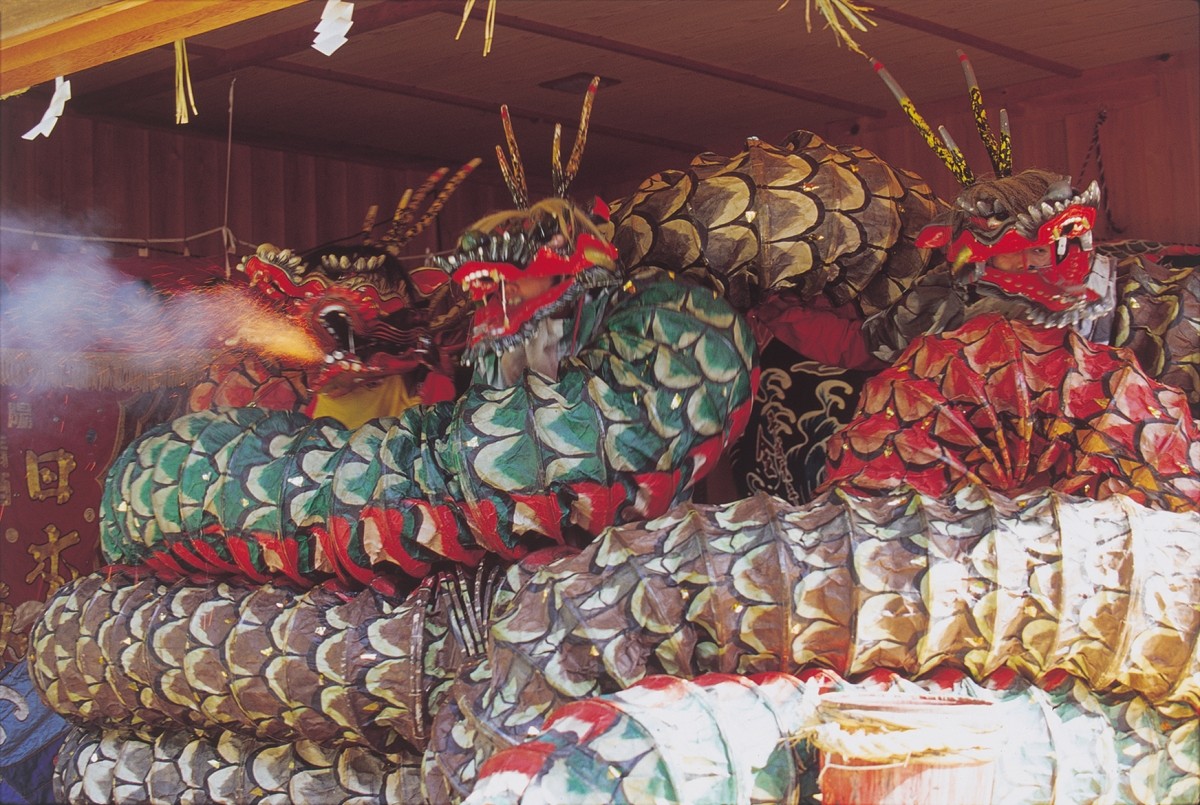
Amaterasu and Susanoo are two of the most popular deities in the Kojiki. Through their stories of the Amano-Iwato Cave and the defeat of the Yamata-no-Orochi, readers can interpret various messages. Imagining the lessons and meanings behind these stories enhances the experience of exploring the Kojiki. Stay tuned for the next tale featuring Susanoo’s descendant, Ookuninushi.
👉 Read the Kojiki (Yahoo! Shopping)
< References>
- Mythology of Japan (1) Publication of Ayako Nishino Hikuma
- Mythology of Japan (2) Publishing of Yamata no Orochi Nishino Ayako Hikuma
- Japan Mythology (3) Publishing of Inaba's White Rabbit Ayako Nishino Hikuma
- Mythology of Japan (4) Publication of Ayako Nishino Hikuma
- Mythology of Japan (7) Konohana Sakuyahime Nishino Ayako Hikuma Publishing
- Japan Mythology (10) Yamato Takeru Nishino Ayako Hikuma Publishing
- Illustrated The Easiest Book of Kojiki Yuji Sawabe Saizusha
- Kojiki that you can understand interestingly well Kamiyu History Editorial Department Seitosha
- Japan Mythology Ryoichi Yoda Kodansha Blue Bird Bunko
- Japan Mythology Miyoko Matsutani Nora Bookstore
- The God of Japan Picture Encyclopedia 2 The God in Mizuka Minerva Shobo
- The God of Japan Picture Book 3 The God Who Protects Life Minerva Shobo
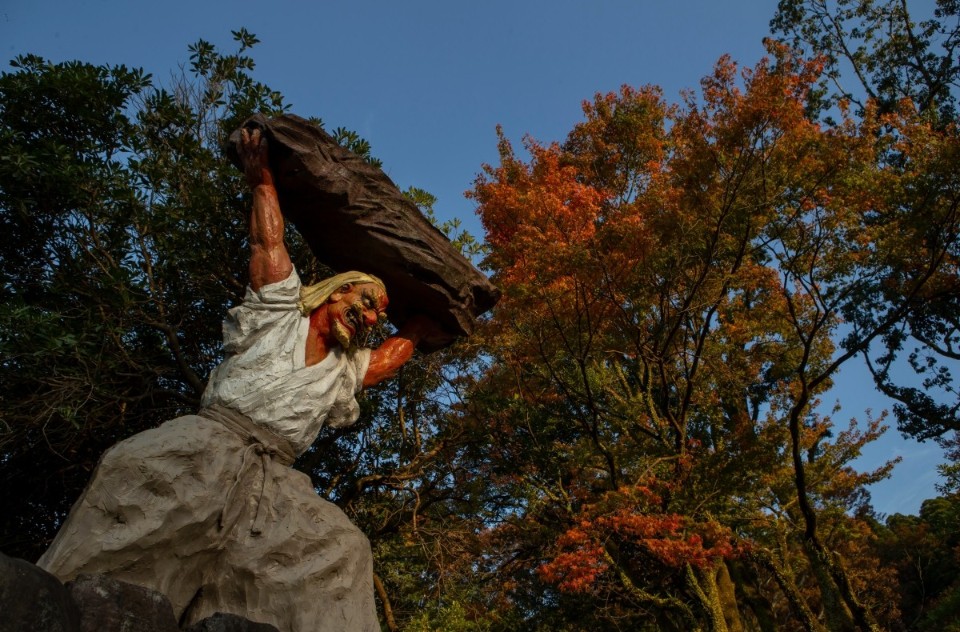
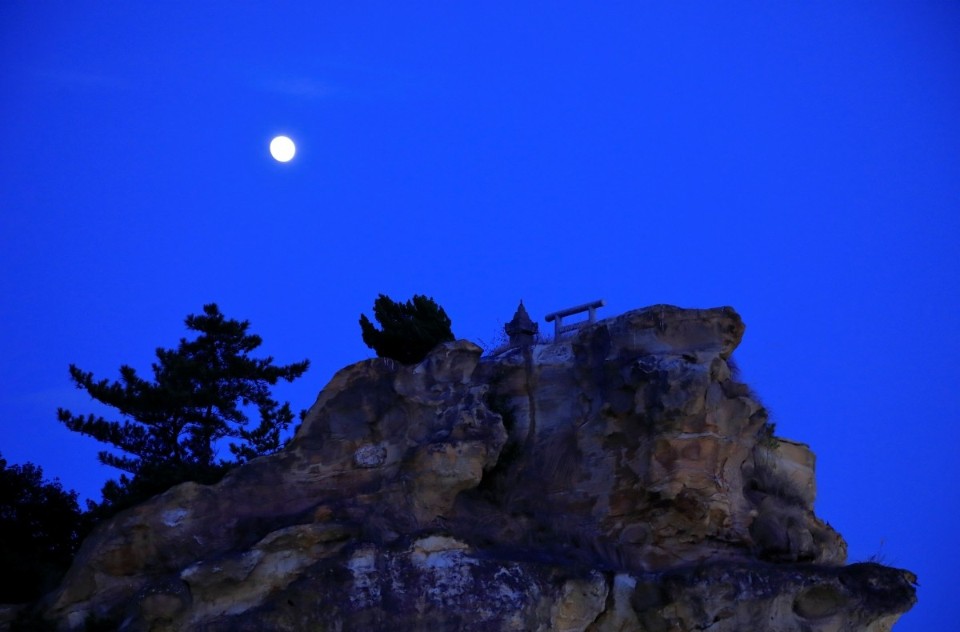

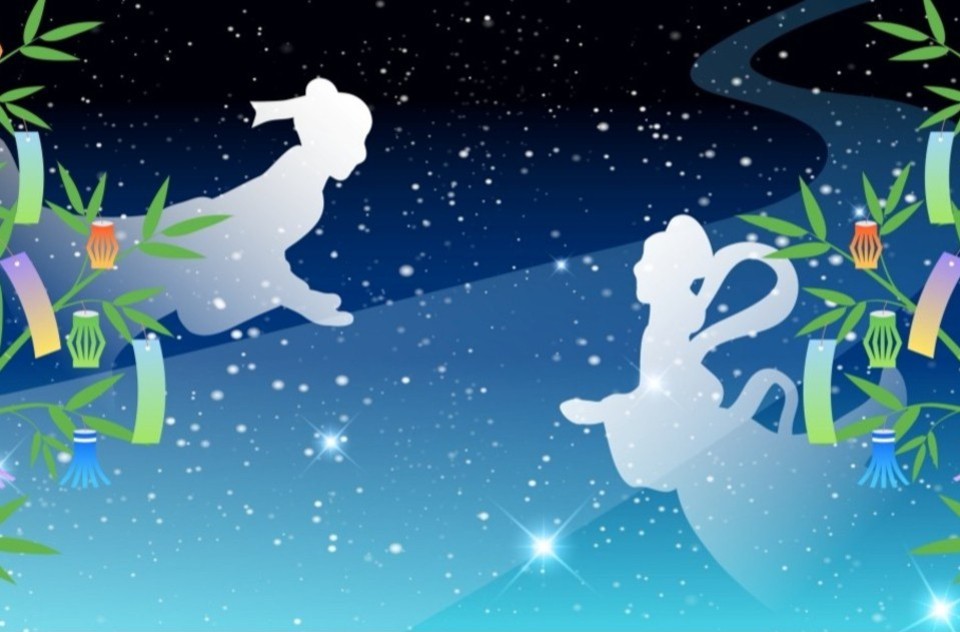
Comments